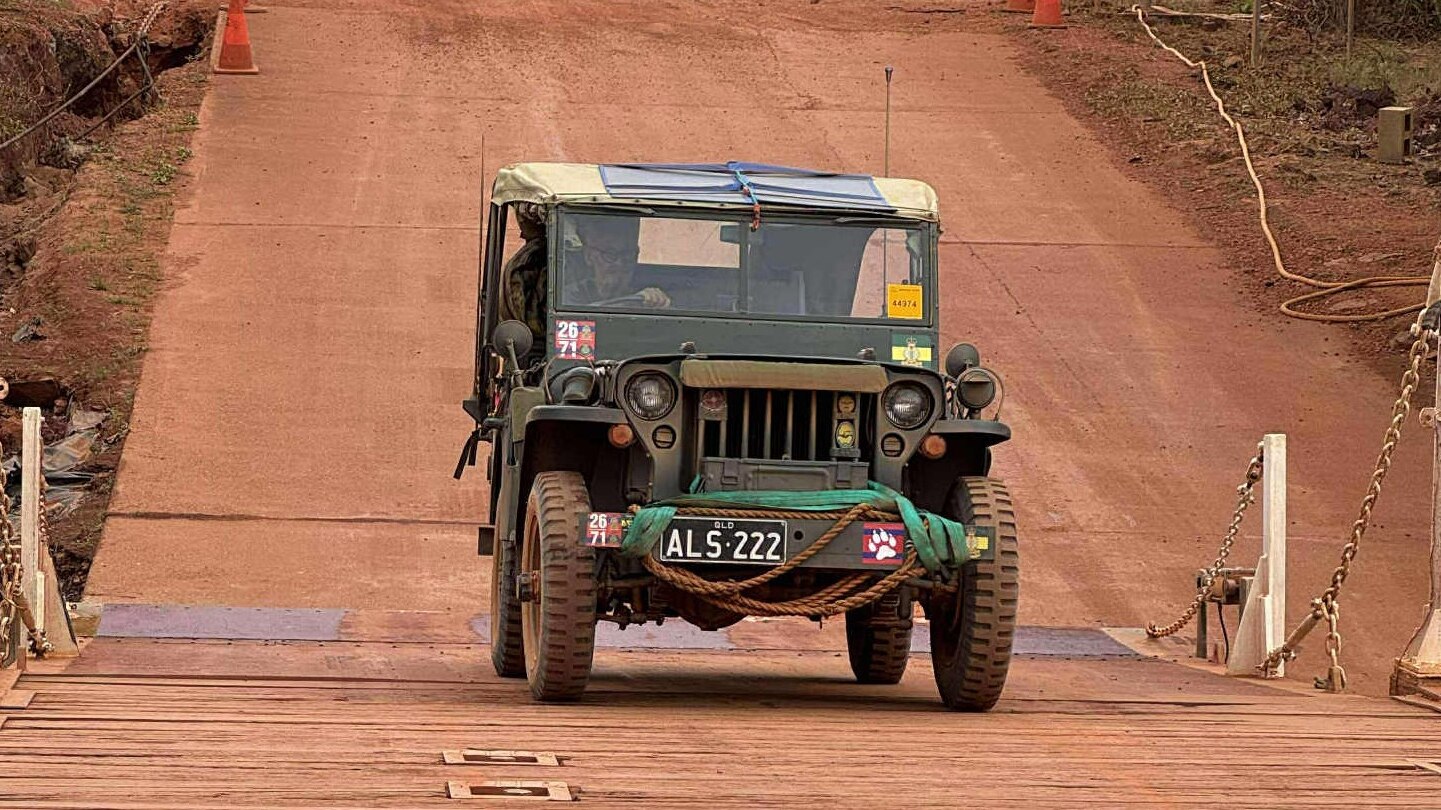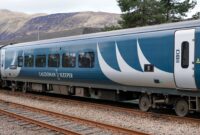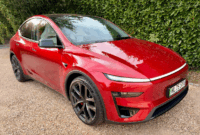Most people embarking on a 2,000-kilometre road trip might opt for a vehicle with windows, not to mention air conditioning, power steering and an age of less than 80 years.
But for a group of military vehicle enthusiasts, the lack of mod cons was all part of the fun of the drive from Mount Molloy to the tip of Cape York.
World War II jeeps have a cult-like following in Australia and some collectors are prepared to pay more than $40,000 to own a piece of history.
For Townsville’s Military and Historic Vehicle Club president Albie Lee Sye says it is a case of no frills, no worries.
“I find that the joy of me being able to drive it overcomes anything else,” he said.
Mr Lee Sye said the group of seven embarked on the journey after Victory in the Pacific commemorations in Townsville last month.
The trip along the remote dirt roads was not without its challenges, however.
“You’d come around the corner and the corrugations would be 15 centimetres high,” Mr Lee Sye said.
“I broke a spring out of my front chassis, which a lovely gentleman in Bamaga actually welded up for me and welded my broken shock absorbers.
“And [one member’s] gearbox sort of fell apart on the way back.”
A piece of history
The original Willys jeep was made in America in the early 1940s following the US Army’s request for a light reconnaissance vehicle, Mr Lee Sye said.
He said Willys and Ford made more than 640,000 of the vehicles for the military.
“My jeep was made in the Richmond plant in California in February 1944 and it was sent to Sydney, where it was handed over to the Australian Army,” he said.
“It was then sold by the Australian Army … to the public in 1960.”
Military vehicle aficionados estimate there could be thousands of vintage jeeps rusting away in paddocks across the country.
Military Jeep Club of Queensland president Jeff Gordon said the tough little Willys were used in the first days of the Snowy River Hydro Scheme in New South Wales in the late ’40s.
The jeeps were especially popular with farmers, he said.
“[They were] the perfect little vehicle, no doors, just carry stuff in the back,” Mr Gordon said.
“They’re still hidden in sheds all over the country.
“One of our members has 10 of them.”
Mr Gordon said a well-restored Willys jeep could sell for about $50,000, but even more sought after was an example with all its original markings.
“One that hasn’t been resprayed and hasn’t been messed with, all the original parts — that’s worth big bucks as well,” he said.
Mr Gordon said many WWII vehicles were still capable of long journeys.
“I’ve driven from Brisbane to Victoria in mine, and from Cairns to the Cape,” he said.




